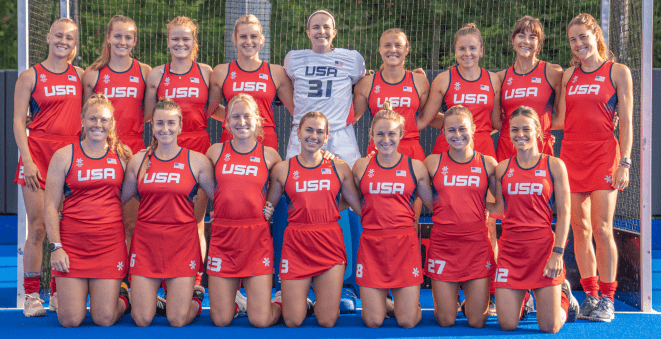Weight training has a very powerful purpose in an athlete’s training plan.
However, it’s important to know what exercises to focus on and when to perform them based on the timing of the competitive season. Understanding how to structure your workouts around your on and off seasons can be incredibly advantageous.
One year of an athlete’s training is broken into four equally important groups: off-season, preseason, in-season, and postseason, according to the National Strength and Conditioning Association.
In-season workouts focus on injury prevention, mobility work, and maintaining all of your out-of-season strength building. These training sessions are typically structured around the athlete’s game schedule.
In this scenario, when your week is more competitive compared to others, you should ease up on your weight training to ensure you’ll have proper recovery from the overall week. During heavier competitive weeks, your focus should be on short, low-intensity trainings to perform your best in games, which is endorsed by the National Strength and Conditioning Association.
When it’s the opposite, and your competition is on the lighter side, you want to ramp up weight training. It will help to maintain the muscle gains you made during your off-season.
Out-of-season workouts focus on increasing strength gains, gaining power and speed, and improving your mobility work. This is the time that athletes can improve upon their general, foundational movements like running, weightlifting, and jumping, for example, The International Youth Conditioning Association reports.
It is important to take the time to improve these skills out of season because your body is not being overworked during the off-season. If an athlete were to train rigorously during the competitive season, their muscles won’t recover properly. That leads to poorer performance and increased risk of injury.
So, this is also the time to work on lingering injuries from any prior incidents. For example, if your ankles have been an issue, it is a great time to strengthen them by focusing on the ankles during training so that you build more muscle and increase your overall ankle strength and stability.
As an athlete, the most important aspect of training to focus on out-of-season is to make strength gains. At Mary’s Health and Fitness, we focus on building quadricep, hamstring, and hip flexor strength. If you can increase muscle mass in these areas, you will get faster, stronger, and perform better.
Out-of-season is also the time to work on your running form and gait (the cycle a leg travels through during one step when running). This can be especially beneficial because it decreases the chance of injuries due to a technical issue such as your running mechanics. If technical and mechanical issues are not properly addressed, they can cause the body to overcompensate by using other muscle groups to support the body.

Overuse of one muscle group leads to improper recovery and injury, so it is important to take the time during the off-season to address any injuries and recover properly.
Additionally, it is common for some athletes to think that they are too busy to lift during the competitive season; however, if you spend six months out-of-season working hard to increase your strength and muscle mass, and then suddenly take four months off without any training, you will lose everything you have worked for.
Studies show that in as little as three weeks, an athlete’s cardiovascular endurance will decrease anywhere from 4-25 percent, and an athlete’s muscular strength will be noticeably less after a period of just four weeks, according to Healthline.
So it is important to maintain your strength and endurance as well as cardiovascular endurance during the off-season because it is just as essential as your competitive season performance.
Mary Driscoll’s health and wellness column publishes every other Thursday.




